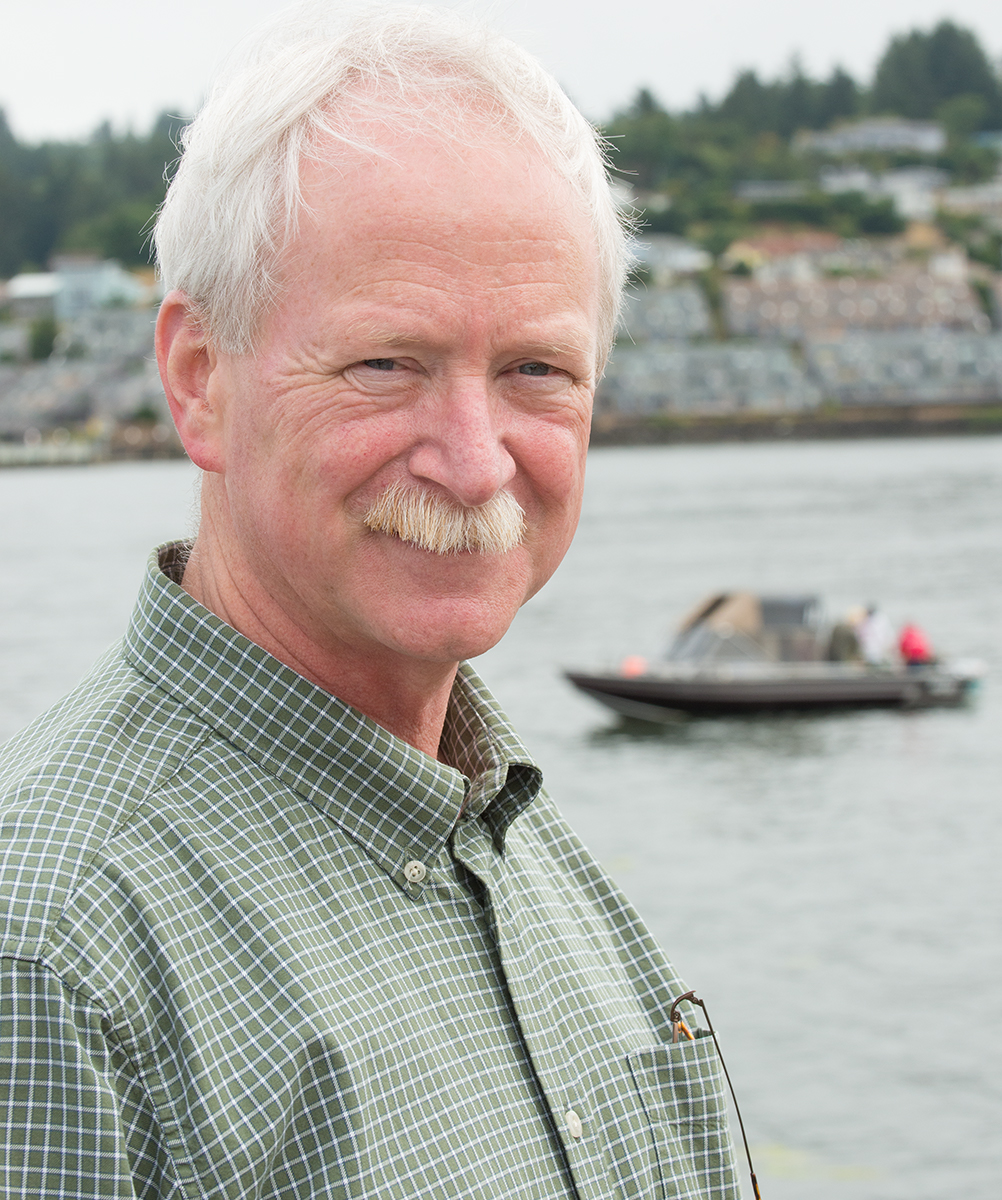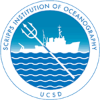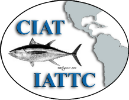Visiting Scientists
Professor David Sampson
Dr. David Sampson, Professor of Fisheries from Oregon State University’s (OSU) Coastal Oregon Marine Experiment Station and Department of Fisheries and Wildlife, worked with CAPAM collaborators from the Inter-American Tropical Tuna Commission (IATTC) and the National Marine Fisheries Service for three weeks during April and May 2014. David’s research focuses on two general areas: improving fish stock assessment methods and developing models for fishery dynamics (fish stocks plus fishers). During a two-year leave of absence from OSU, while working as a visiting scientist with the European Commission’s Joint Research Center in Ispra, northern Italy, David stumbled upon some surprising and interesting behavior associated with age-structured fishery models that are spatially explicit. Simple asymptotic selection curves operating within the spatial regions were transformed into a domed form at the population level when rates of fishing mortality varied between regions (Sampson and Scott, 2011, Can. J. Fish. Aquat. Sci. 68, 1077-1086). The subject of spatial structure causing distortions to fishery selection was also the subject of David’s research topic with CAPAM.
During his stay at CAPAM David set up a simulation experiment that he will use to explore the consequences of spatial structure for stock assessments conducted with Stock Synthesis. An operating model is used to generate data having known properties, and the data then are input to Stock Synthesis and fitted to a set of models that use alternative ways to account for spatial structure. The operating model has three spatial regions whose age-structured sub-populations grow and die independently of one another and without interchange of fish among the regions. The sub-populations are linked by their contribution to a spawning biomass pool and shared annual recruitment, which is lognormally distributed with expectation given by a Beverton and Holt spawner-recruit relationship. Recruitment is apportioned randomly to the regions, with annual deviations of about 5% from the expected values. Although the fishing processes in all three regions use the same asymptotic fishery selection curve, the overall age-specific rates of fishing mortality can take on quite complicated forms, depending on the trends set for the regional rates of fishing mortality. The operating model generates lognormal survey estimates of biomass and multinomial random sample data for fishery and survey age-compositions by region. The suite of Stock Synthesis models that are fitted to the data include: (a) a three-region model whose data and spatial structure are the same as the operating model; (b) one in which the data are treated as coming from a single region but fishery selection (one fleet only) is modeled using a flexible non-parametric form; and (c) another that takes the “areas-as-fleets” approach (Waterhouse et al., 2014, Fish. Res. 158, 15-25), with three regional fleets that all operate on a single stock. During June and July 2014 David will conduct the Stock Synthesis runs for the experiment by means of remote access to one of the IATTC’s fast computers.
Dr. Sampson report from his work at CAPAM is available here.


